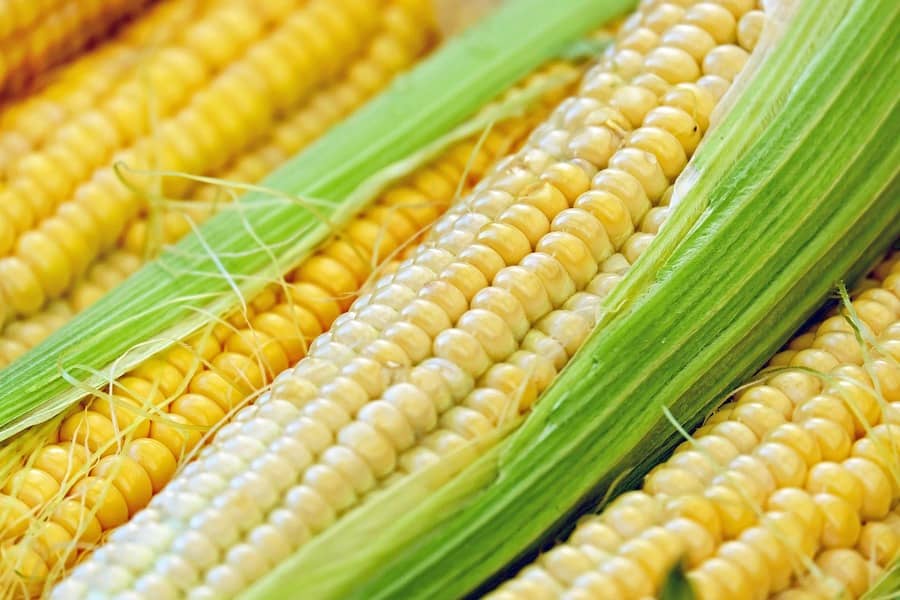Porto Alegre, January 22, 2024 – As we have assessed in our newsletters, one of the important points for this first half of the year would be the growers’ decision to sell corn. In this resumption of business in the domestic market, the symptom of this decision has become more evident. The aggressive lows in soybean prices brought additional concern to the market for growers, even though they were warned of the clear downward trend in prices this year. In order not to accept sales at lower prices, growers seem to be starting to decide, once again, to sell corn to make it possible to retain soybeans for longer, in the expectation that something can restore prices. This gets worse when corn exports in 2023 may fall below 55 mln tons and the lower housing of breeder chicks is holding back domestic demand.
Brazilian corn exports are reaching their final number. January had 4 mln tons in the shipping schedule, however, there were some cancellations, and one or two ships were postponed for February. This means that accumulated exports for the 23/24 business year could remain at 54.77 mln tons, according to line-up data, while Secex numbers amount to 52.6 mln tons, still complementing the remainder of January.
Some estimates over the year imposed on the domestic market the belief of absurdly high shipments, above 60 mln tons. China’s aggressive presence in the Brazilian domestic market, Ukraine’s shipping problems, and Argentina’s absence in the international market with large volumes really brought positive expectations for Brazil. Furthermore, in the middle of the 2023 US crop, weather problems generated expectations regarding the size of local production.
The Brazilian number, however, is a record and officially made the country the world’s largest exporter in 2023. Along with this excellent export number, but lower than some market forecasts, domestic demand suffered a slight decline due to the cut in the housing of breeder chicks. Chicken production decreased in the second half of the year, and this had a negative impact on the demand for corn and soymeal in the sector. Even though the impact was small, it is an important adjustment factor.
With these data on exports and domestic demand more aligned, we can assess that the carryover stocks hit 8.7 mln tons, well above the beginning stocks, which were 4.4 mln tons. So, when exports began to lose momentum in Brazilian ports in January and port prices began to move toward real levels for the new crop, the stocks held by growers began to come out.
Two aggravating factors emerged in this environment. The first is that soybean prices have begun to decline sharply – something totally predictable for those who have the correct information at their disposal – and started to generate a change in trading decisions on the part of growers. If growers had been holding corn since November and promoting price highs for this commodity, soybeans did the opposite, even with a historic crop failure in Mato Grosso. As growers still have the optimistic vision that Chicago will price Brazil’s losses, they began to curb the sale of soybeans and decided to advance sales of corn and, surprisingly, the large volume of sorghum that is still available in some markets in Brazil.
The second point refers to the strong decline in prices in Argentina at the beginning of the year. Prices dropped from USD 205 to 190/ton FOB. Shipments from March to May have sales pressure from Argentina. And the domestic market calculated that Argentine corn would arrive at Brazilian ports between BRL 66 and 70 plus unloading and internal freight costs. That is, basically, BRL 77/80 at the factory. This calculation took away bullish internal expectations as imports end up limiting prices and the upward movement. So, looking at the sum of high stocks held by growers, exports not as strong as expected, and a more accessible import vision, growers sold because they have a greater need to be optimistic about soybeans and are retaining them.
The result is a sudden decline in prices in the Center-South of Brazil, which, with the news of imports by Pernambuco, also ended up affecting the Matopiba region. In the south of Brazil, there is the aggravating factor of the advance of harvests in Rio Grande do Sul, now also more pronounced in Santa Catarina and starting in Paraná. Prices also fell in the south due to this faster harvest and the growers’ sales. Yields now have more averages of 100 bags per hectare and in some areas even above. There are productivity losses since the averages would be much higher without excess rain during pollination.
The planting of the Brazilian second crop is advancing in Mato Grosso, in the far west of Paraná, and starting in other areas. The rain has returned in the Midwest but will still need to restore moisture in areas of São Paulo and northern Paraná.
Brazilian imports in 2023 are expected to close with numbers well below expectations, despite Paraguay’s record crop. Between February and December, only 1.2 mln tons were imported by Brazil, far from the numbers of recent years. We still have January to close this business year, but perhaps something near 100 thousand tons will close Brazilian purchases for the year. Demand via Asunción and difficulties at Brazilian Customs last year were factors that impacted trade flow.
Follow the Safras Agency on our website. Also follow us on our Instagram and Twitter and stay on top of the main agribusiness news!
Copyright 2024 – Grupo CMA

